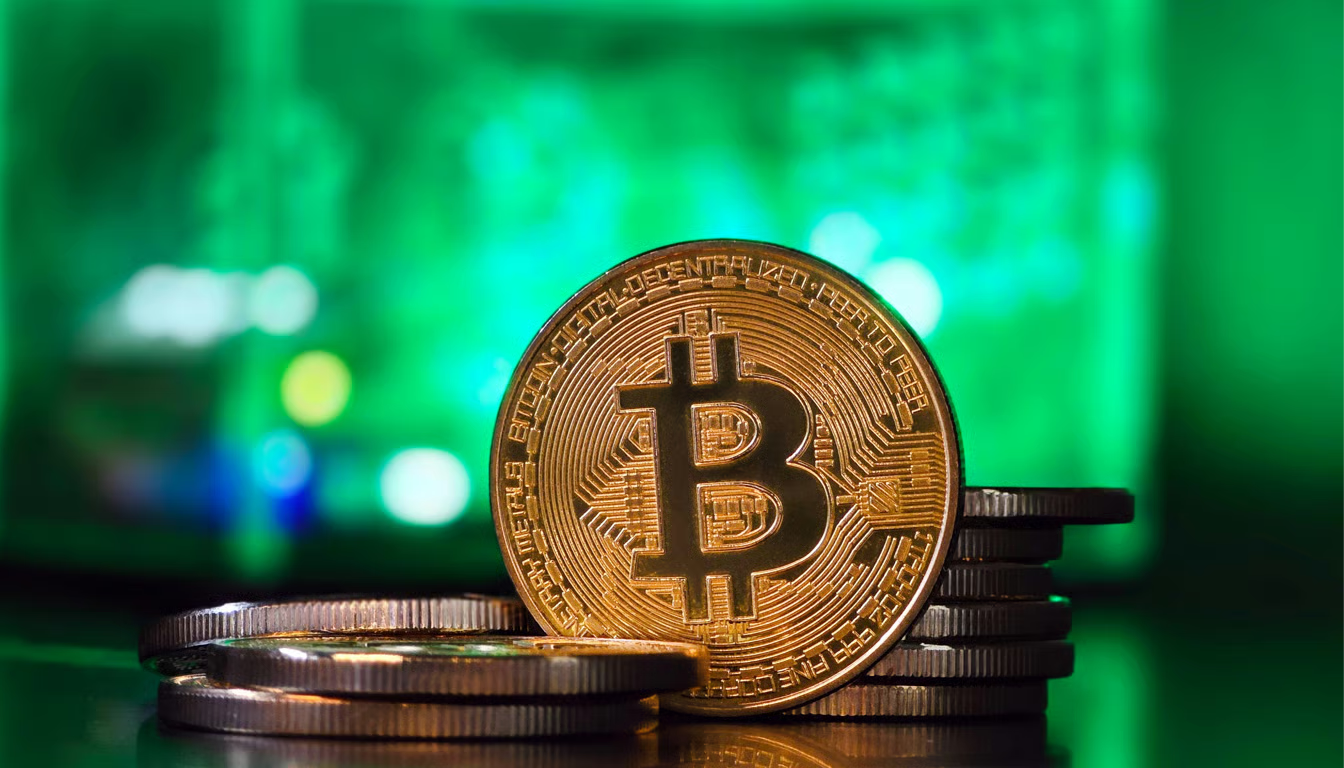Every summer, the market is always awakened by the old saying: "Sell in May and go away." Does this decades-old investment proverb still work in the current situation? Since 1950, the historical data of the S&P 500 index clearly shows a seasonal pattern: the average stock market return from May to October is significantly lower than that from November to April of the following year. In the summer, investors are usually affected by multiple factors such as shrinking trading volume, slowing corporate earnings growth, and declining market participation, with an average return of only 1-2%, while it can reach 6-7% in winter and spring.
Although the S&P 500 and Nasdaq 100 are continuing to rise and are very close to historical highs, there are risks behind them. Due to the high sentiment, even if the fundamental CPI is slightly lower than expected, the market's short-term confidence is still full. Therefore, the current VIX index has been at a low level for a long time. In addition, the positive signals released by Sino-US trade communication have also boosted the stock market.
From a technical perspective, the S&P 500 has approached the key resistance area near the February high. Signs of traders taking profits and funds turning to defensive sectors are accumulating, and a short-term correction is not impossible. What investors should be more vigilant about is the market's high reliance on the Fed's policy expectations: the current soft landing + interest rate cut news seems to be about to land, but if future employment data or inflation indicators rebound, the Fed turns hawkish, and the risk of rapid valuation contraction still exists. In addition, although the Sino-US trade negotiations have released some positive signals, Trump's statement that "it is difficult to reach an agreement with China" has also added variables to the situation. Once the dialogue is blocked, risk aversion may quickly heat up.
Therefore, smart investors will not simply "sell and leave", but will selectively adjust their asset allocation and pay attention to those sectors or asset classes that tend to perform well in the summer. We will further explore the performance of different stocks in June and throughout the summer, in addition to the hot technology stocks: defensive sectors such as utilities and medical care, as well as the relative resilience of small and medium-sized market capitalization stocks and the potential space that may exist in some emerging markets.
Performance of cyclical stocks
From the latest ADP employment data, the US economy has shown signs of slowing down. In the macro context, market styles often switch. At present, the performance of defensive sectors is stable. Even if there is a certain contraction in consumption and a reduction in corporate investment, the rigid demand for electricity, medicines and daily necessities still exists. Therefore, related companies maintain stable revenue and outperform the broader market. In addition, in the technology sector and AI business, as the long-term logic of utilities is being further strengthened, power generation and infrastructure investment are heating up.
In contrast, cyclical sectors such as technology, industry, finance and optional consumption are usually more sensitive to economic cooling, and profitability is greatly affected. However, this does not mean that all cyclical stocks will be sluggish. In fact, semiconductor and AI concept stocks that benefit from the accelerated implementation of artificial intelligence may go against the trend and break the traditional rhythm of summer weakness. New technology cycles and R&D breakthroughs are becoming key variables driving the independent market of these sectors, which also reminds us that macro seasonality and industry micro logic are not always synchronized.
Small and medium-sized stocks often usher in a "low season" in the summer. Looking back at historical data, we can find that small and mid-cap indices such as the Russell 2000 or the S&P 400 usually underperform large-cap stocks when the economy slows down or at the end of the cycle. The current market structure is also the case. The fundamental reason is that the profits of small and medium-sized enterprises are more sensitive to changes in the macro economy.
Let's take an example. In the small business confidence index released by the National Federation of Independent Business NFIB, its growth volatility is highly correlated with the Russell 2000 index. This shows that the fluctuations in the confidence of small and medium-sized enterprises can generally reflect the stock price performance to a certain extent. Once economic expectations weaken, the profit pressure of small and medium-cap companies will be rapidly amplified, which will have a direct impact on market sentiment. In other words, in the stage of macroeconomic uncertainty or downward adjustment of growth expectations, small and medium-cap stocks are usually more difficult to gain capital favor.
In the context of the current high interest rates, the profitability of small and medium-sized enterprises is facing greater pressure. It is particularly noteworthy that about 42% of small enterprises and 14% of medium-sized enterprises are currently in a loss-making state. Once economic growth slows further, these already fragile companies may be the first to bear the brunt and suffer a more obvious impact. In other words, weak profitability is becoming a key shortcoming of small- and medium-cap companies' ability to withstand pressure.
Small-cap stocks tend to perform poorly during economic slowdowns, but historical experience also brings a positive side. Data shows that since 1930, small-cap stocks in the United States have risen by an average of about 40% in the six months after the end of each recession, while large-cap stocks have risen by about 25% during the same period. In other words, although small companies are more sensitive to economic cycles, they tend to lead the sector once the economy enters a recovery. This also means that in the current summer when growth is weak, investors can appropriately reduce the proportion of small- and medium-cap stocks, but once there are signs of growth recovery, re-positioning these resilient small-cap stocks may seize the rebound opportunity.
International stocks
As global markets enter the summer, international stock markets are also beginning to show signs of seasonal weakness. Developed markets such as Europe and Japan have historically shown lower market activity and weaker returns from June to August, which coincides with the "sell in May" motto from the London financial community. Since the European market is highly sensitive to global trade and the US economy, once the US economic momentum weakens, its repercussions will quickly spread across the Atlantic.
At present, investors' concerns about the slowdown in US economic growth are heating up, which directly affects the international market sentiment. Taking Europe as an example, although the overall weight is biased towards cyclical industries such as finance and energy, it is inevitable to have pressure in the economic downturn, but large defensive companies with global consumer influence may provide some support.
In contrast, the problems faced by emerging markets are more complicated. On the one hand, economic slowdown often means reduced export demand and pressure on commodity prices, which directly impacts emerging economies driven by exports and resource dependence; on the other hand, when global risk appetite declines, capital withdrawal pressure will also increase sharply, and then the market exchange rate and asset prices will both be frustrated. Such phenomena have occurred repeatedly in the past few years, such as China's "double kill of stocks and currencies" in 2015 and the emerging currency crisis in the summer of 2018.
The more critical point is that the trend of the US dollar has long become an important variable affecting the performance of international and emerging markets. At present, since most overseas economies reserve a large amount of US dollar assets, the strengthening of the US dollar often leads to capital flowing back to the US market, weakening the attractiveness of local currency-denominated assets. When the US dollar rebounds technically after a period of oversold, the impact of this mechanism is more obvious. At present, the market has noticed that the US dollar may usher in a restorative rise, which will have an impact on global capital flows and asset allocation.
Therefore, in the current complex summer window period, international and emerging markets are facing further double tests: they must not only cope with the economic pressure of internal fundamentals, but also withstand the volatility shock from external macro variables (mainly the US dollar). For global asset allocators, the importance of risk management has far exceeded the "direction" of investors' bets, so they need to pay more attention to the foreign exchange situation and the signals released by the periodic macro policies, right?
What should investors do
From now on. The current market is expected to further hit 6100 points and return to the highest point of the S&P 500. But the risk of disappointment on the downside also exists. Yes, we all know. In other words, the current risk-return ratio is close to flat, so this is not an ideal time to allocate capital. We prefer to wait patiently, even if we sacrifice some short-term gains, as long as we can eventually wait for high-quality opportunities with significantly improved risk and return. Such opportunities often appear, but they often do not appear at the time point most people expect.
Let's turn our attention to history. From a historical perspective, June has always been one of the weakest months in the US stock market. Since 1950, the average increase of the S&P 500 index in June is only 0.1%, and the median is also 0.1%, and the probability of increase is only slightly more than 50%. If calculated from the S&P 500 index composition in 1957, the average return in June has even further dropped to about 0.06%, only higher than September, ranking second worst in the year. The continued lackluster performance is also the origin of the old market saying "sell in May", because the early summer of each year often means that the stock market enters a seasonal trough period of mediocre performance and limited opportunities.
Next, let's take a look at the seasonal stock market performance in June and throughout the summer, and the direction that may breed better buying opportunities.
After entering June, stock repurchase activities began to slow down significantly. From historical experience, buyback behavior is highly correlated with stock market trends. Corporate buybacks are equivalent to providing continuous buying support for the market. As the earnings report silent period approaches, many companies will suspend buyback operations in mid-June, which is the so-called "buyback black window period." This does not mean that the market will collapse, but in the context of the current market being technically overbought, the buying gap caused by the absence of buybacks may amplify any short-term price fluctuations until the repurchase activities are restarted at the end of July.
In addition, we also need to take into account macro factors. Although the current market is strong, the basis for the rise is fragile, and the risk of a correction is quietly accumulating. Near the key resistance level, if the fundamental factors do not break through, investors should not blindly chase the rise, but they do not have to completely exit the market. In the context of increased seasonal fluctuations and weaker return expectations, a more strategic approach should be adopted to deal with potential risks.
First, increasing the proportion of cash holdings can buffer the downward pressure on the portfolio when volatility is amplified; second, rotating funds to defensive assets such as utilities, healthcare and consumer staples is a common strategy to cope with economic slowdowns; in addition, the use of simple option hedging or inverse ETFs can also provide downside protection for the portfolio, which we have mentioned many times in previous articles.
As for holdings, the key is not to wait for lower prices to increase positions, we need to continue to look for more attractive risk and return opportunities. Even at higher price levels, as long as the price-performance ratio is sufficient, we are willing to increase exposure. The current market is in a stage of strong momentum. After a period of consolidation, the relatively strong momentum can be cooled down. Investors should continue to pay attention to opportunities that can provide us with a more ideal entry window.






